You should be able to add the style, like this (taken from source code for Ringdroid):
<style name="AudioFileInfoOverlayText">
<item name="android:paddingLeft">4px</item>
<item name="android:paddingBottom">4px</item>
<item name="android:textColor">#ffffffff</item>
<item name="android:textSize">12sp</item>
<item name="android:shadowColor">#000000</item>
<item name="android:shadowDx">1</item>
<item name="android:shadowDy">1</item>
<item name="android:shadowRadius">1</item>
</style>
And in your layout, use the style like this:
<TextView android:id="@+id/info"
android:layout_width="fill_parent"
android:layout_height="wrap_content"
style="@style/AudioFileInfoOverlayText"
android:gravity="center" />
Edit: the source code can be viewed here: https://github.com/google/ringdroid
Edit2:
To set this style programmatically, you'd do something like this (modified from this example to match ringdroid's resources from above)
TextView infoTextView = (TextView) findViewById(R.id.info);
infoTextView.setTextAppearance(getApplicationContext(),
R.style.AudioFileInfoOverlayText);
The signature for setTextAppearance is
public void setTextAppearance (Context context, int resid)
Since: API Level 1
Sets the text color, size, style, hint color, and
highlight color from the specified TextAppearance resource.
